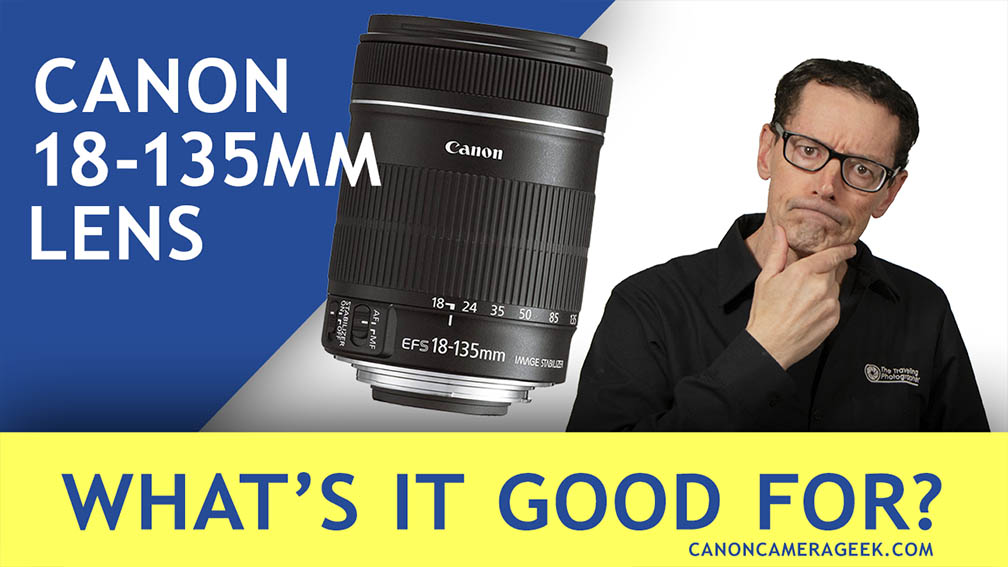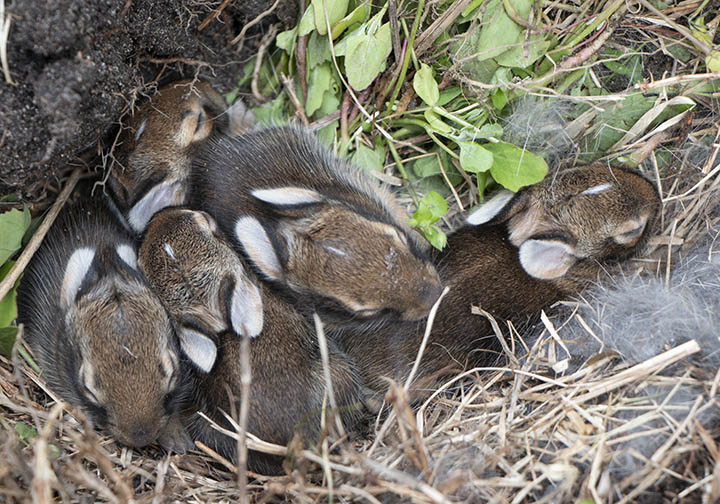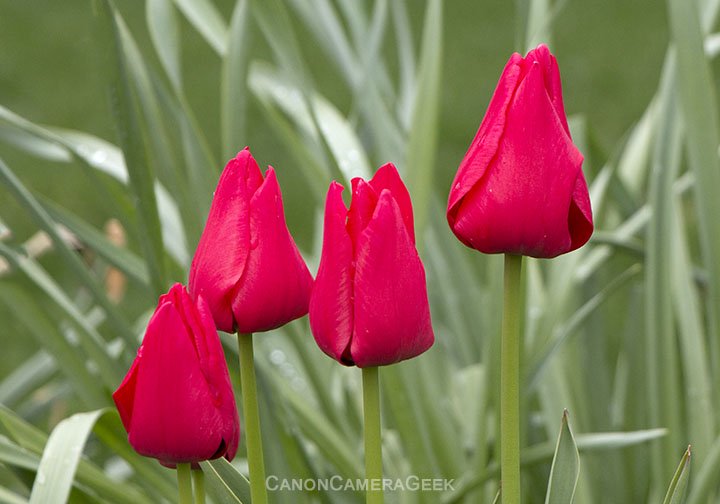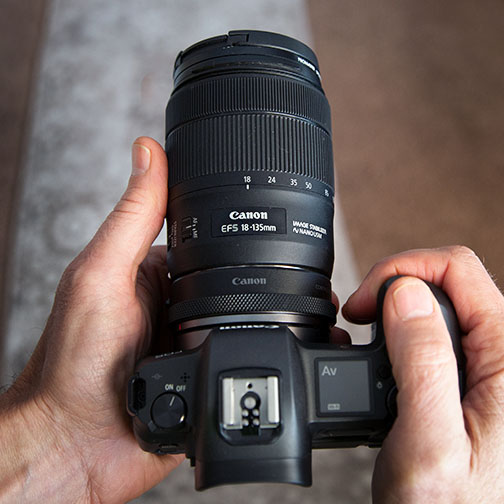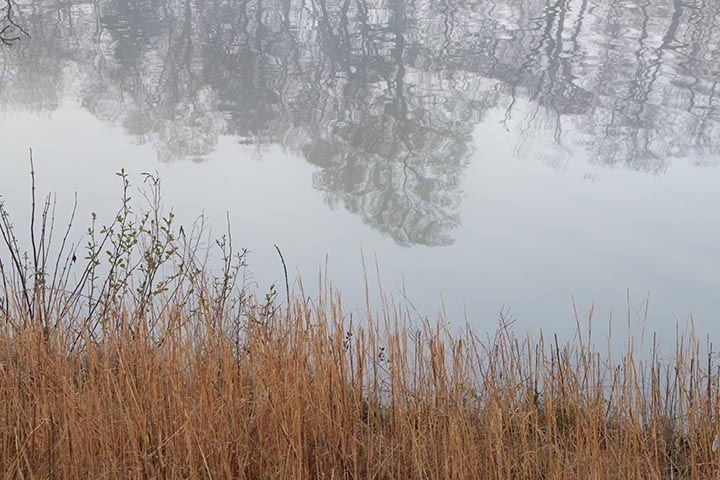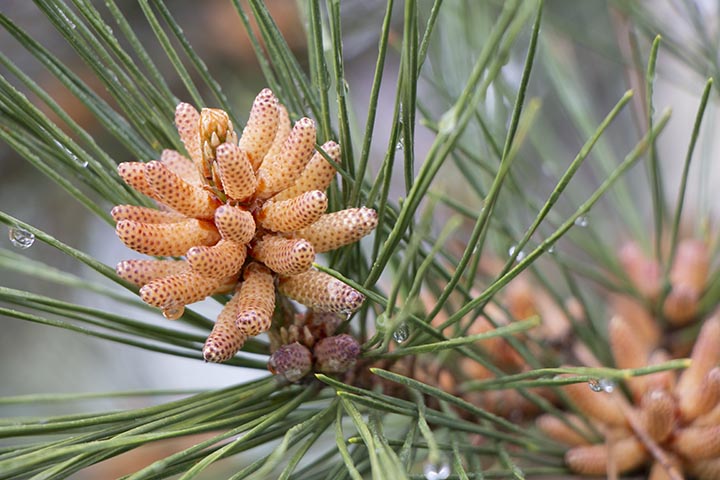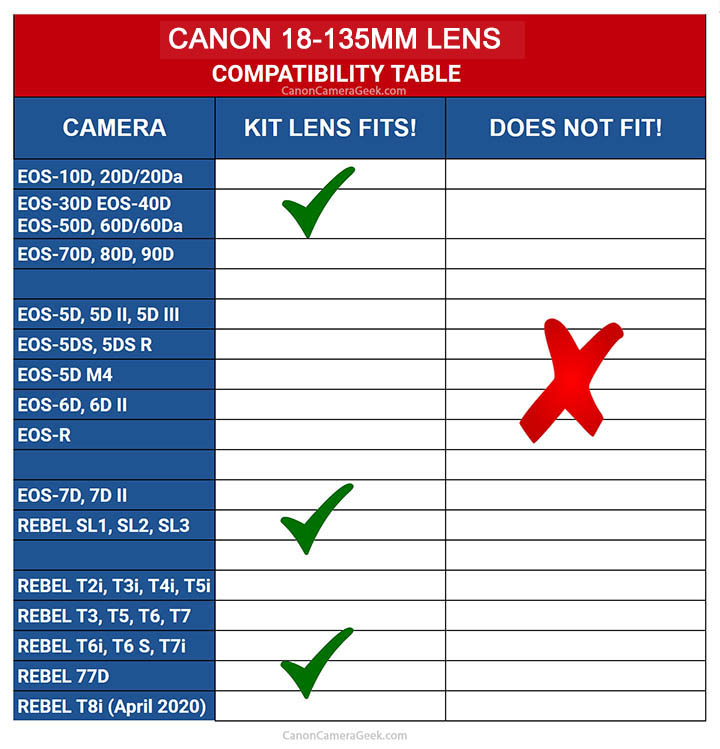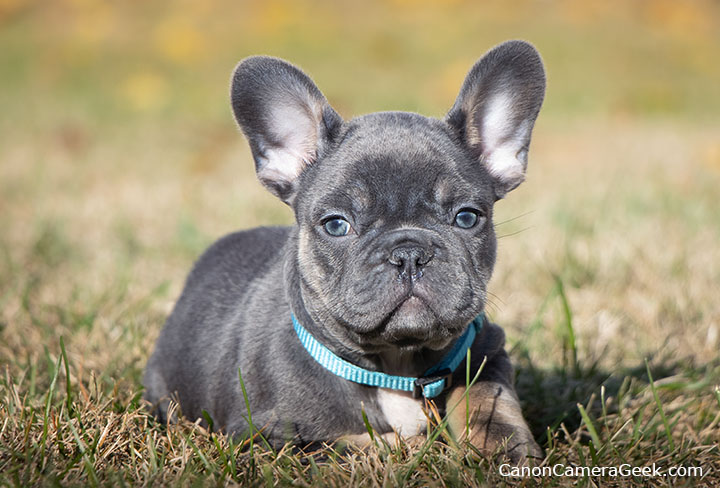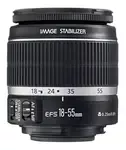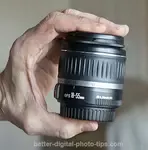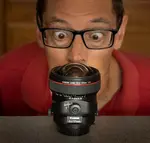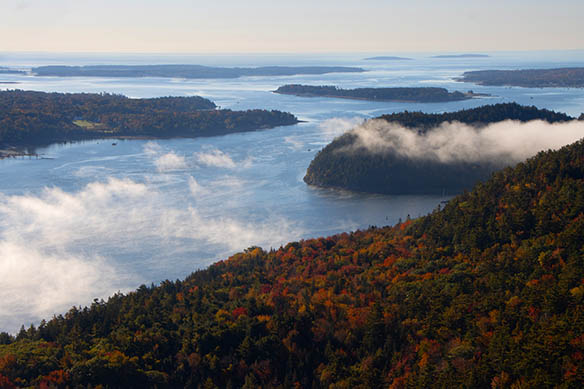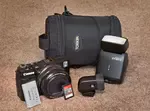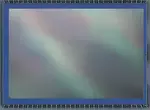Is the Canon 18-135mm Lens any Good
(What kind of photography is this lens good for)
WRITTEN BY: BRUCE LOVELACE
PUBLISHED ON: NOVEMBER 19, 2023
The Canon 18-135mm lens had been on my radar as soon as I started looking to upgrade from my Canon 70D. Did I NEED a new lens? Heck no! Being the geeky Canon shooter that I am, I already own enough Canon lenses to handle just about any situation I'll encounter.......and I'm already in enough hot water with my wife.
But, what about you? You're wondering whether the Canon EF-S 18-135mm lens is useful for new photographers. This post will answer that question as well as answer the question of whether the 18-135 lens is any good as a stand alone lens. They'll be plenty of photos showing you what kind of photography can be done when using an 18-135mm zoom lens.
If you have a mirrorless Canon instead of a Canon DSLR, the better choice is the Canon RF-S 18-150MM Lens.
useful for beginners
The 18-135 lens makes a great choice to use as a kit lens substitute for the most common kit lens that Canon sells, the 18-55mm lens. We won't do a full 18-55mm versus 18-135mm comparison here, but we'll touch on the biggest and most obvious difference. The Canon 18-135mm has more than double the telephoto reach of the 18-55mm lens.
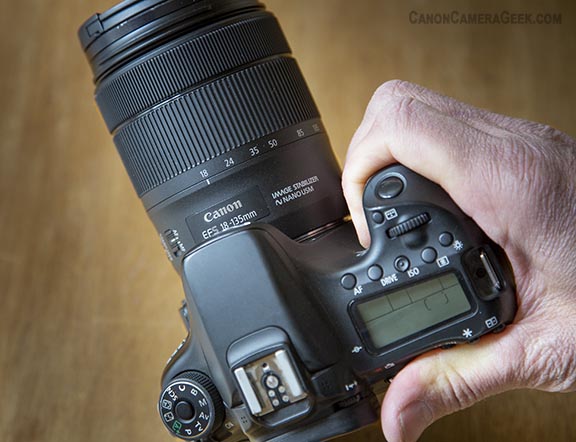 Canon 18-135mm lens on 70D camera.
Canon 18-135mm lens on 70D camera.The 18 to 135mm is a very useful range of zooming. Both pro photographers and newbies will enjoy having a lens that can be used for a large variety of situations. Photographers who don't want to mess around with changing lenses (I don't) will like the wide angle view at 18mm, the strong magnification you get at the other end of the zoom at 135mm, and all the focal lengths in between.
That makes it useful for travel photography or taking on hikes where you want to keep the weight and size of the equipment you carry to a minimum. The common jargon in the photography world is to call it a walk-around lens. This lens will cover the large majority of subjects you want to capture.
what can you photograph with The Canon 18-135mm lens
Unlike the 18-55mm version, the 18-135mm is able to handle decent level wildlife and sports photography. It's also the perfect lens for shooting portraits with your Canon DSLR camera. You can even shoot wildlife close-ups like the image below with the 18-135.
Canon 18-135mm wildlife photos
WILDLIFE. Although certainly not as powerful as a 300mm, a 400mm lens, or greater focal length, you can use the 18-135mm lens to capture the non-elusive type of wildlife. Whether it's the local wildlife around your home or what you encounter at the local zoo, the 135mm lens can get you up close and more personal than a standard 18-55mm lens.
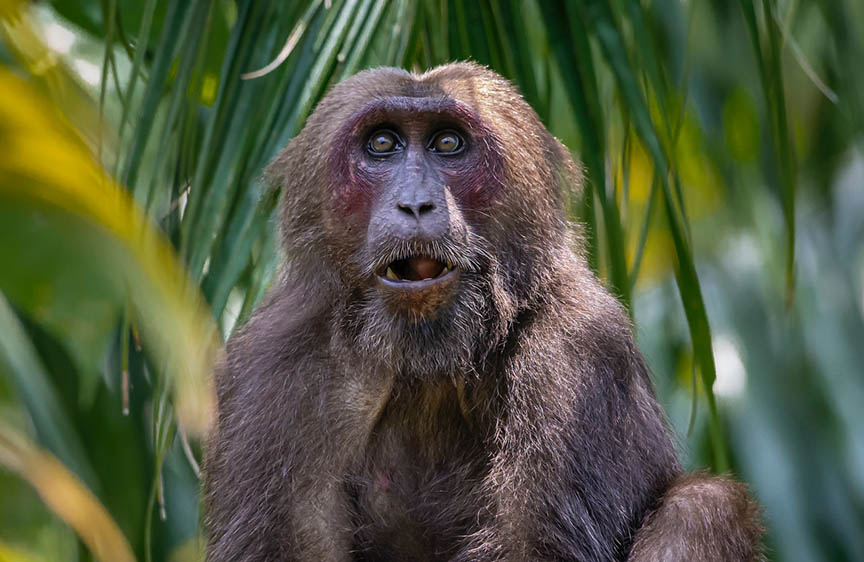 Photo of Monkey at Zoo by Erik Karits from Pexels.
Photo of Monkey at Zoo by Erik Karits from Pexels.The Canon 18-135mm lens has ample reach to photograph wildlife that is at a comfortable distance that is safe for both you and your subject.
shooting sports with the Canon 18-135 lens
SPORTS. You can use your 18-135mm lens for sports photography, including youth and high school level events. If you're taking your 18-135 lens to a pro sport event where you are seated in the nosebleed seats you may be disappointed. You'd need a lens with more reach.
 Photo of Lacrosse game by Forest Simon on Unsplash
Photo of Lacrosse game by Forest Simon on UnsplashThis lacross photo was take with the lens set at a wide angle setting, but you can zoom in to a telephoto setting when the action is on the other side of the field.
When the lighting conditions are good like in this situation, you don't have to raise your ISO sky high to get nice crisp photos with a fast shutter speed. Finding a good angle and timing the shot right is the biggest challenge in getting great sports photos with your lens.
When you're using your 18-135mm lens for photographing the very young kids in sports, you don't need to use as high of a shutter speed as you do when photographing faster paced sporting events.
canon 18-135mm lens for portraits
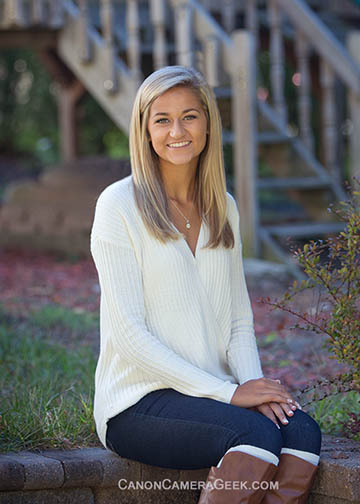 Portrait with lens
Portrait with lensset at 115mm
PORTRAITS. The Canon EF-S 18-135mm lens is an excellent portrait lens.
Whether it's a few candid snapshots or a posed portrait, like this high school senior, the 18 to 135mm zoom range gives you the flexibility to shoot a wide or a narrow angle of view. You can shoot larger groups, full length poses on individuals, or zoom in close for a headshot.
Setting your lens aperture wide open (that's f/5.6 when you're zoomed into full telephoto) will give you a nice pleasant out of focus background.
Portrait photography is not as demanding in terms of lens choice and the 18-135mm range of focal lengths can handle just about any portrait photography situation you can think of.
The exceptions would be shooting a very large group of people in a small confined space or shooting headshots from a long distance.
The Canon EF-S 18-135mm lens for Landscape Photography
The Canon EF-S 18-135mm lens is wide enough to take great landscape photos like the one below. Zoomed out all the way to 18mm. the gives you an angle of view of almost 75 degrees which is plenty to include even the closest of elements in your composition.
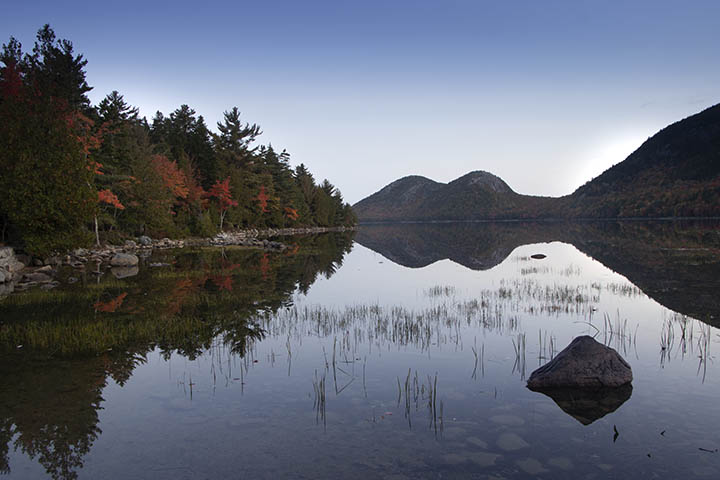 Jordan Pond, Acadia
Jordan Pond, AcadiaCanon 90D with EF-S 18-135mm Lens @ 18mm.
0.8 second exposure at f/8.0 at ISO=160.
Here are some Canon 18-135mm lens sample photos that I've taken with my newly acquired lens. I was particularly interested in getting a feel for how the lens performed at the longer telephoto settings, because essentially, I look at this lens as a upgrade to the standard 18-55mm kit lens with it's average telephoto reach.
This is an appropriate subject for me to shoot a color test with the Canon EF-S 18-135mm f/3.5-5.6 IS II lens. I dig flowers and red is my favorite color. Needless to say, the red colors are grilliant with the 18-135mm lens mounted on my Canon 90D.
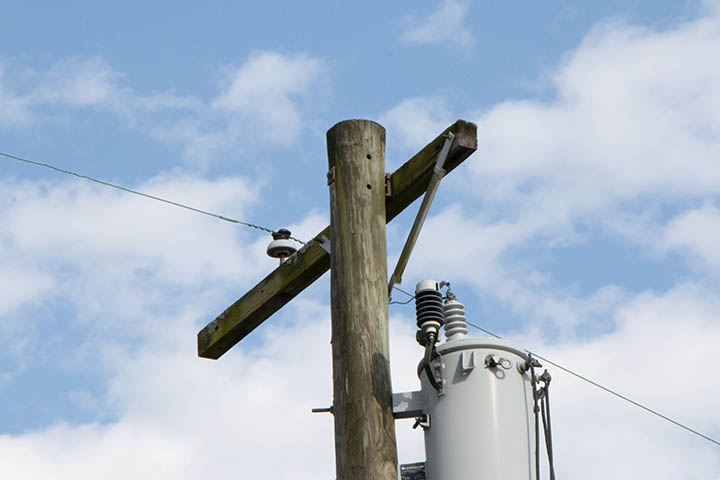 Telephone pole photographed at 135mm, f/22 for 1/320 Second
Telephone pole photographed at 135mm, f/22 for 1/320 SecondI tested the lens with a few quick shots in and around my home on day 1 and on day 2 I headed out in the rain to take a few test shots at a local university.
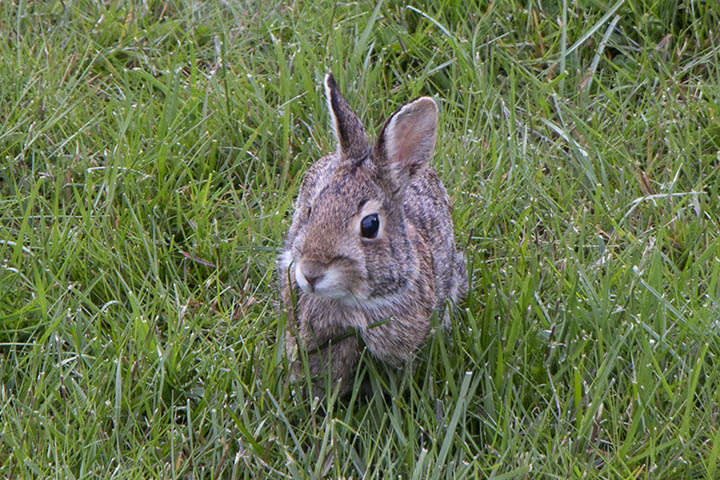 Lens Zoomed to 135mm, f/5.6 at 1/200 Second
Lens Zoomed to 135mm, f/5.6 at 1/200 SecondAnd cropped with software afterwards.
The bunny was out in the yard, about 20 feet away from me as I stood on my deck. My dog was about to chase it, so I zoomed in to 135mm, and took this sample photo with the 18-135mm lens even though I wasn't close enough for the reach of this lens. I cropped in using Photoshop to have more subject and less background.
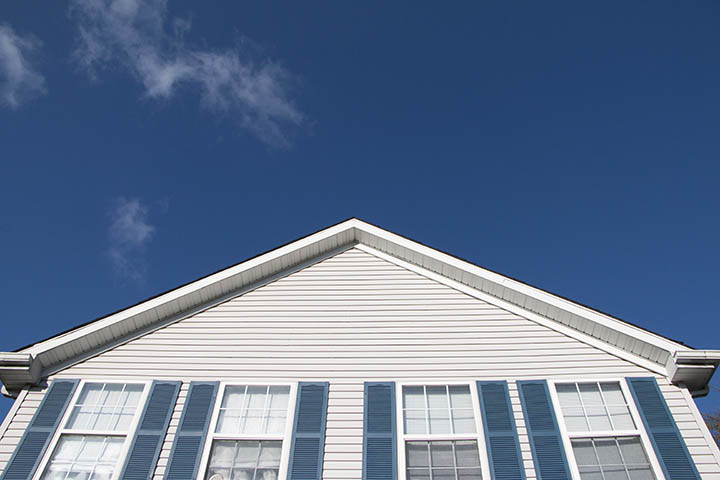 Lens zoomed out to 18mm. Exposure was f/9.0 at 1/1250 second.
Lens zoomed out to 18mm. Exposure was f/9.0 at 1/1250 second.I photographed the peak of my house's roof because of the high contrast between the house and the sky. I wanted to test the 18-135mm lens for chromatic aberration.
Unfortunately, our beloved rescue dog isn't going to live forever, so I feel compelled to test out my newest Canon lens on him.
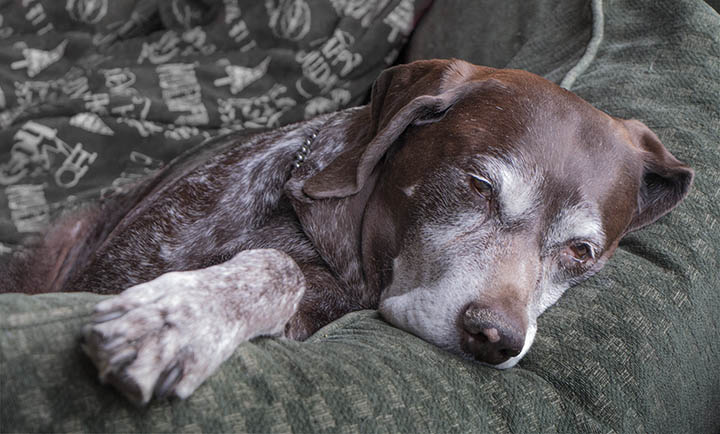 Lens set at f/5.0 at 56mm.
Lens set at f/5.0 at 56mm.My 11 year old geezer, Kaiser.*
The first live subject photographed with my 18-135 lens.
* UPDATE ON KAISER: Sadly we had to put Kaiser down las summer. We gave him a great life for 7 years, but he deteriorated to the point of no return.
Rest in peace old friend.
For the photo below, it was a damp and dreary day on day 2 of testing the Canon 18-135.
I looked for some color contrast since I wasn't going to get much contrast with the dull lighting from the weather.
The bright colors of these chairs contrasted again the patterns in the brick and caught my eye as an interesting subject to photograph.
As an Amazon affiliate Canon Camera Geek receives a small commission from qualifying purchases, at NO added cost to you.
Price on Amazon
When it's raining outside look for reflections of your subject to BE the subject.
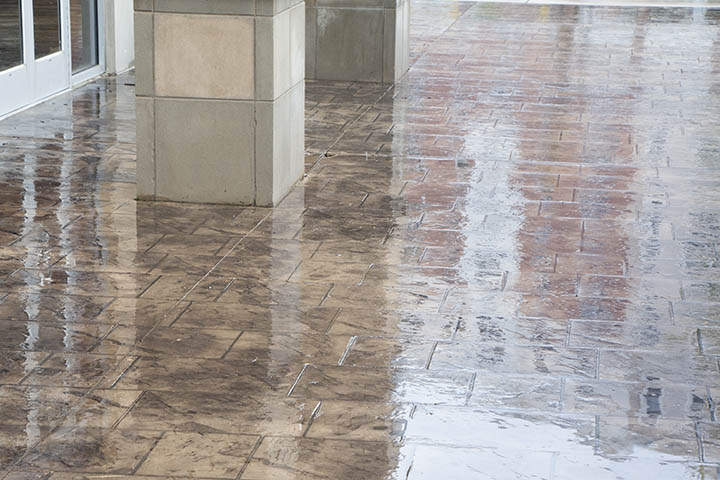 "Rowan Rain Reflections"
"Rowan Rain Reflections"Lens set at 64mm, f/8.0 for 160 Second.
Any lens can shoot the a photo like the one below, but I included it because it shows the versatility of getting a lens that shoots from wide angle to telephoto. I chose a 50mm lens zoom setting to compose this classic example of the rule of thirds.
My last photos sample using the lens on day 2 was of this pine tree blossom in my backyard. The sharpness of the lens is good.
what cameras is the 18-135 lens good with
Here's a chart of what cameras the 18-135mm lens will work with. The lens will work with all current and past APS-C "crop" cameras.
Canon lenses, like the 18-135mm f/3.5-5/6 IS USM, are designated as EF-S lenses and fit the Canon APS-C cameras. Lenses like the 17-40 f/4.0 and 24-105mm f/4.0 will fit on both APS-C and full frame Canon camera bodies and are designated as EF lenses.
what the 18-135mm is not good for
LONG DISTANCE SPORTS. If you're at a sporting event in a large stadium or other venue where the action is far from your vantage point, the 18-135mm will come up short. While it's a capable zoom, the fully zoomed telephoto setting doesn't have enough reach to capture those far distant subjects.
WILDLIFE. Wait a minute! I mentioned earlier that you can photograph wildlife with the 18-135. Yes, but only if the wildlife is not too far away. Including birds, which are very small subjects to start with, shy, elusive, far distance wildlife is best captured with super long telephoto lenses of 300mm or more.
The 18-135mm is fine for photographing birds at your bird feeder, bunny rabbits in your yard, and squirrels running along your fence, but not strong enough to take along for great wildlife photos on an African safari adventure.
ASTROPHOTOGRAPHY. If you want to photograph the Milky Way or other nightscapes, you need a lens that opens up to f/2.8, f/2.0 or more. These faster lenses give you faster shutter speeds with lower ISO settings and better quality photos. Prime (NON-zooming) lenses are the best way to go for a challenging subject like this.
FULL FRAME CAMERAS. The Canon EF-S 18-135mm lens will not fit on full frame cameras, unless you use the Canon EOS R adapter on a Canon mirrorless camera, like the Canon R or Canon R6 Mark II
If you don't plan on "upgrading to a full frame sensor camera this is no big deal at all.
If you are going to move to full frame camera at some point in the future, consider looking a very affordable option, the Canon EF 28-135mm lens.
It's an older lens, but still has image stabilization along with that same maximum 135mm focal length.
As an Amazon affiliate Canon Camera Geek receives a small commission from qualifying purchases, at NO added cost to you.
Price on Amazon
what are the 18-135 shortcomings
Like other zoom lenses, the Canon EF-S 18-55mm USM Nano lens isn't perfect, it has mild shortcomings.
VARIABLE APERTURE. The Canon EF-S 18-135mm f/3.5-5.6 IS NANO USM Lens has a variable maximum aperture. For Canon lens geeks that's a sticky point. For many photographers, especially newbie photographers, it doesn't matter at all.
What it means that as you zoom from the widest angle lens setting of 18mm the maximum aperture of f/3.5 changes to slightly smaller openings. This means that your lens will allow slightly less light into the camera as you zoom in.
 Canon 18-135mm Lens Maximum Aperture Chart at Various Focal Lengths
Canon 18-135mm Lens Maximum Aperture Chart at Various Focal LengthsBARREL DISTORTION. At the widest lens settings of zoom lens there is a defect in the design of the lens that causes a bulging effect in the shape of your subject
PIN CUSHION EFFECT. At telephoto setting the opposite effect can cause lines to bow inward, similar to the look of a needle being stuck into a pin cushion.
Sorry for the graffiti on my lens defect testing wall shown below. Just pay attention to how the vertical and horizontal lines can be affected by the design of lenses.
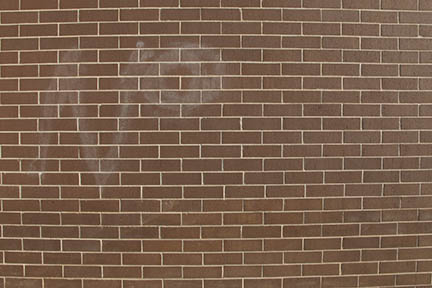 Barrel Distortion
Barrel Distortion(at 18mm)
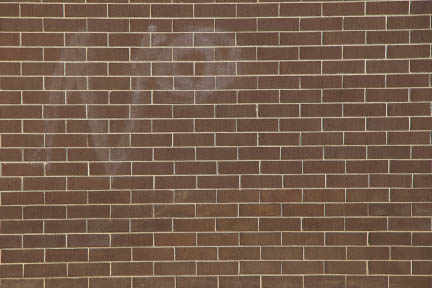 Pin Cushion Effect
Pin Cushion Effect(at 135mm)
Don't let the Canon 18-135mm lens defects get you down. All lenses have some level of defects. Beginners lenses are no exception. You can take great photos with any decent lens. Use the right focal length, use good technique, find good lighting, and an adorable subject like the one below, and you'll get some great shots.
That's what this lens is, a decent lens with a wonderful zoom range of wide angle to telephoto that opens up a world of possible photography subjects for you. Pair it up with the Canon EF-S 10-18mm lens and you have a full range of super wide to medium telephoto to use.
Have a blast. Keep shooting a Canon!

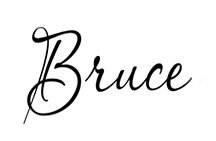
Bruce Lovelace is the publisher of Canon Camera Geek. Read more about him on the About Page. He also publishes how to articles and camera gear reviews at the Photography Tips website.
View some of Bruce's photos on Instagram and Flickr. Join the tribe of followers on YouTube. Bruce also runs photo workshops and provides 1 on 1 digital photography coaching.
Recent Articles
-
Canon Camera Guide. Useful Advice on Canon Cameras-Lenses-Accessories
Jan 01, 26 03:43 PM
Helpful advice on Canon Cameras, Canon lenses, and Canon camera accessories. Answers to your questions about Canon equipment. Canon camera equipment guide. -
10 Best Canon G1x Mark II Accessories - Essential Gear For G1X Mark 2
Dec 30, 25 03:59 PM
Make it fun! Upgrade your Canon Powershot Camera experience with the right Canon G1x Mark II Accessories, equipment add-ons. -
The 10 Canon RF 100mm Specs And Features That Matter.
Dec 30, 25 06:49 AM
Is the RF 100mm Macro worth the upgrade? 10 best features that matter the most. Helpful guide to the Canon RF 100mm specs and eatures you need to know about -
Canon RF 100mm Macro Sample Photos. Image Quality + Sharpness Test
Dec 29, 25 02:34 PM
Wondering if the RF 100mm is worth the upgrade? See high-resolution macro samples of insects, flowers, and portraits. Canon RF 100mm Macro Lens Sample Photos, -
Is the Canon G1X Mark II Sensor Still Good in 2026?-Specs & Real Value
Dec 22, 25 12:36 PM
Size matters. The big difference in this high-end point and shoot is the Canon G1X Mark II Sensor
